#costume traditional Zeeland
Text
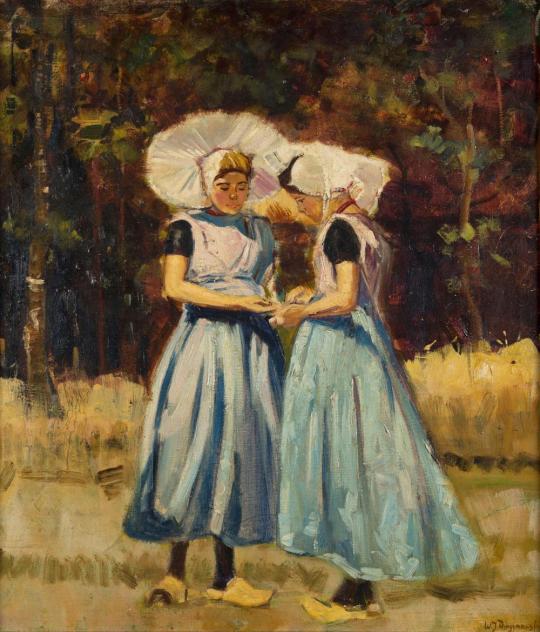
Girls in Zeeland Costume - Waalko Jans Dingemans , 1932.
Dutch , 1873-1925
Oil on canvas , 60.5 x 50.5 cm.
#Waalko Jans Dingemans#dutch artist#double female portrait#costume traditional Zeeland#The Netherlands#Zeeland
113 notes
·
View notes
Photo
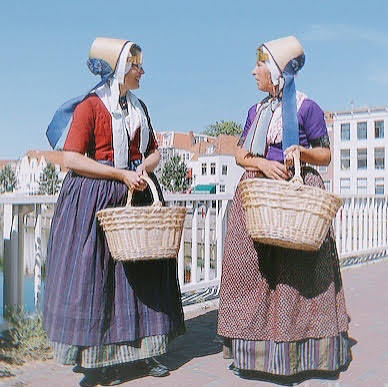






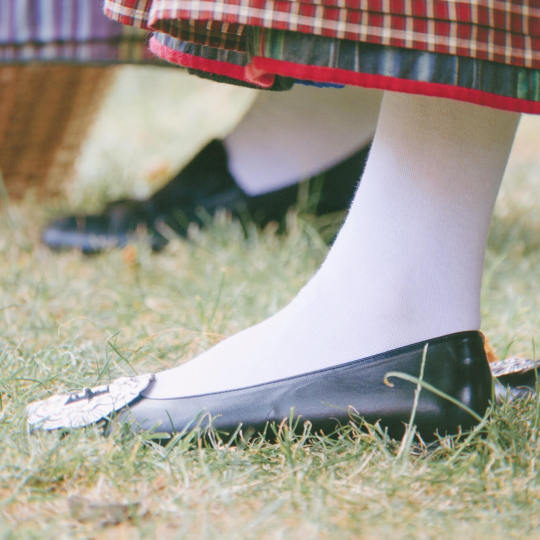

Moodboard: traditional mid-19th century costume from Walcheren, the Netherlands.
#been awhile since i did these..#moodboard#walcheren#zeeland#1850s#1860s#1870s#the netherlands#dutch culture#folklore#traditional costume#folk clothing#traditional clothing#farm life#farm aesthetic#historic fashion#european folklore#dutch costume
203 notes
·
View notes
Text

Netherlands - Women and Daughters in Zeeland traditional costume 1931 by Wilhem Tobien
22 notes
·
View notes
Photo

Autumn - Jan Toorop, 1908
6 notes
·
View notes
Photo

Anonymous. Women in traditional Zeeland costume at a lighted Christmas tree, seen through the window frame. Ritthem, November 1949
[::SemAp Twitter || SemAp::]
56 notes
·
View notes
Photo

Zeelandic traditional costume.
9 notes
·
View notes
Text
Aries March Mardi Gras

By shirleytwofeathers
Mardi Gras is a carnival celebration that begins on Twelfth Night (the Feast of Epiphany) on January 6th and culminates on the Tuesday before Lent. The best known Mardi Gras is in New Orleans, Louisiana where it is a legal holiday.
Mardi Gras is French for Fat Tuesday, the Tuesday before Ash Wednesday. The biggest events happens on this day. The name Fat Tuesday comes from an old custom of parading a fat ox through the streets of Paris on Shrove Tuesday. The term Fat Tuesday also reflects the practice of the last night of eating rich, fatty foods before the ritual fasting of the Lenten season.
Related popular practices are associated with Shrovetide celebrations before the fasting and religious obligations associated with the penitential season of Lent. In countries such as the United Kingdom, Mardi Gras is also known as Shrove Tuesday, which is derived from the word shrive, meaning “to administer the sacrament of confession to; to absolve”
Mardi Gras traditions are rooted in Ancient Greek and Roman customs. Carnival in Rome became popular around the middle of the second century as a way to feast and act wild before the somber days of Lent. They wore costumes and masks. They celebrated Bacchus and Venus and all things glutinous and pleasurable. The Bacchus parade is still held during Mardi Gras in New Orleans.
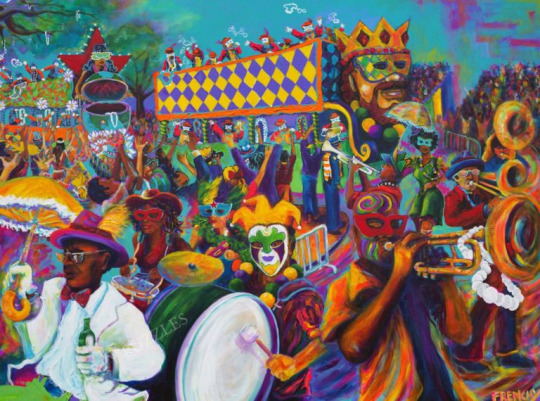
Mardi Gras in the United States
It’s believed the first American Mardi Gras took place on March 3, 1699, when the French explorers Iberville and Bienville landed in what is now Louisiana. They held a small celebration. Each year, it got bigger with street parties, masked balls, and extravagant dinners. However, when the Spanish took over, the celebrations were banned until Louisiana became a U.S. state in 1812.
On Mardi Gras in 1827, a group of students wearing bright costumes danced through the streets of New Orleans, emulating the revelry they’d observed in Paris. Ten years later, the first recorded New Orleans Mardi Gras parade took place.
In 1872, the official Mardi Gras colors were established as purple, green, and yellow when the Russian Grand Duke Alexis Romanoff came to New Orleans during carnival in pursuit of actress Lydia Thompson. These were the colours of the Romanoff house. Purple stands for justice, green for faith, and yellow for power.
Carnival organisations are called Krewes. The first krewe was the “Mystick Krewe of Comus”, which began in 1857. The second oldest krewe is the “Krewe of Rex”, which started up in 1872. Balls and galas of elaborate and enormous proportion are held every year, but only members of the Kewes may attend.
Mardi Gras parades fill the streets. Beads, coins, balls, cups, and other trinkets are thrown to the crowds. In 1872, the Krewe of Rex, staged a daytime parade in the archduke’s honour. This parade is still held and is the largest of all the parades.
In 1916, Zulu began to parade featuring characters such as King Zulu, Big Shot, and the Witch Doctor. While Rex rules Mardi Gras with a golden scepter and jewelled crown, King Zulu carries a banana stalk and wears a lard can on his head.
Alabama and Mississippi also have Mardi Gras celebrations.

Mardi Gras in Belgium
In the Belgian city of Binche, the Mardi Gras festival is one of the most important days of the year and the summit of the Carnival of Binche. Around 1000 Gilles dance throughout the city from morning until past dusk, while traditional carnival songs play. In 2003, the “Carnival of Binche” was proclaimed one of the Masterpieces of the Oral and Intangible Heritage of Humanity by UNESCO.
Another noteworthy celebration in Belgium is Aalst Carnival. Mardi Gras is considered the day of the “Voil Janet” or “Dirty Sissy”. Traditionally in Aalst, men dress as their wives or mothers. This custom called “Voil Janet” goes back to the time when Aalst was an industrial time and workers did not have the money to buy dresses. On Mardi Grass the “Voil Janet” gets a parade dedicated to it. Men and woman dressed traditionally get to walk along in the parade, and interact with the viewers.
The word “Voil” in the local dialect, means dirty (= Dutch “vuil”, cognate with English “foul”). For this reason, the parade is sometimes claimed obnoxious, dirty and flat out obscene. Though the parade has mellowed down over the years due to restrictions implemented by the town.
Later that day people gather around an effigy that is lit. This event is paired with a lot of music, emotions and fraternity. The event is known for the fact that almost every person in the crowd starts crying. After that, there is one last night of celebration.

Mardi Gras Around The World
Brazil
Carnival is the most famous Brazilian holiday. During this time, Brazil attracts 70% of its tourists. Variations in carnival celebrations are observed throughout the multitude of Brazilian cities. Commonality observed among them is the incorporation of samba into the celebrations.
The southeastern cities of Brazil have massive parades that take place in large sambadromes. The Rio Carnival is where two million people celebrate in the city. The city of Salvador holds a very large carnival celebration where millions of people celebrate the party in the streets of the city with a very big diversity of musical styles together.
Cayman Islands
The Cayman Islands Mardi Gras hosts a popular Monday Food Festival prior to the Fat Tuesday Festivities. Ash Wednesday being a holiday has a daytime party in George Town which coincides with the annual Agriculture Fair which is attended by thousands of residents.
Colombia
Carnaval de Barranquilla is Colombia’s Mardi Gras celebration. In 2003, it was proclaimed as one of the Masterpieces of the Oral and Intangible Heritage of Humanity by UNESCO.
Czech Republic
In the Czech Republic it is a folk tradition to celebrate Mardi Gras, which is called Masopust (meat-fast i.e. beginning of fast there). There are celebration in many places including Prague but the tradition also prevails in the villages such as Staré Hamry, whose the door-to-door processions there made it to the UNESCO World Intangible Cultural Heritage List.
France
Carnival parades take place in many cities such as Nice, Alpes Maritimes, Dunkerque, Granville, Sarreguemines as well as in the French Caribbean islands Guadeloupe and Martinique.
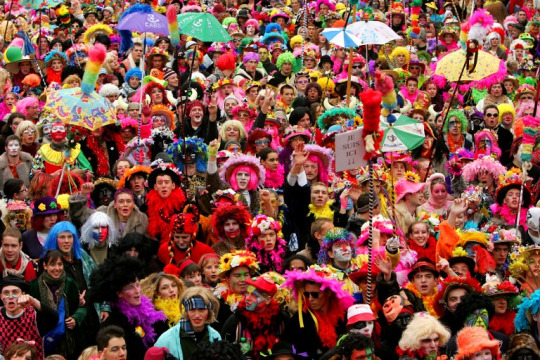
The Nice Carnival is held annually in Nice on the French Riviera. The earliest records establish its existence in 1294 when the Count of Provence, Charles Anjou, wrote that he had passed “the joyous days of carnival.” This may make the Nice Carnival the original carnival celebration. Today the event attracts over a million visitors to Nice every year over a two-week period.
Germany
The celebration on the same day in Germany knows many different terms, such as Schmutziger Donnerstag or Fetter Donnerstag (Fat Thursday), Unsinniger Donnerstag, Weiberfastnacht, Greesentag and others, and are often only one part of the whole carnival events during one or even two weeks before Ash Wednesday be called Karneval, Fasching, or Fastnacht among others, depending on the region.
In standard German, schmutzig means “dirty”, but in the Alemannic dialects schmotzig means “lard” (Schmalz), or “fat”; “Greasy Thursday”, as remaining winter stores of lard and butter used to be consumed at that time, before the fasting began. Fastnacht means “Eve of the Fast”, but all three terms cover the whole carnival season. The traditional start of the carnival season is on 11 November at 11:11 am (11/11 11:11).
Italy
In Italy Mardi Gras is called Martedì Grasso (Fat Tuesday). It’s the main day of Carnival along with the Thursday before, called Giovedí Grasso (Fat Thursday), which ratifies the start of the celebrations. The most famous Carnivals in Italy are in Venice, Viareggio and Ivrea. Ivrea has the characteristic “Battle of Oranges” that finds its roots in medieval times. The Italian version of the festival is spelled Carnevale.
Netherlands
The Netherlands also has a festival similar to Mardi Gras. It’s called Carnaval and is similar to the Venice Carnival. The origin of the word Carnival is carnem levare which means “to take away meat” in Latin, or carne vale, Latin for “farewell to meat”. It marks the beginning of Lent, leading up to Easter.

The carnival in the Netherlands is mainly held in the southern part of the Netherlands in the provinces of Noord-Brabant and Limburg, some parts of Zeeland and in eastern parts of Twente and Gelderland. As with many popular festivals, people tend to loosen some moral codes and become laid-back or loose, which is based in the ancient role-reversal origins of Carnival, including dressing in costumes.
Russia and Ukraine
Both Russia and Ukraine have the festival of Maslenitsa (Масленица, rus.), which on its pagan side celebrates the end of winter and the upcoming summer, and on its Christian side marks the last week before the Great Fasting period before Christian Easter.
The festival includes family gatherings with festive meals and treats of bliny (crepes) that resemble the round shape of sun, and culminates on the weekend with mass outdoors gatherings, festivities and entertaining activities such as pole climbing, where a wheel with variety of presents is affixed on the top of a long pole and the contestants need to reach the top to get them.
Also the festival’s mascot – a feminine figure made out of straw, which symbolises winter, gets put on fire at the end of the celebration.
Sweden
In Sweden the celebration is called Fettisdagen, when you eat fastlagsbulle, more commonly called Semla. The name comes from the words “fett” (fat) and “tisdag” (Tuesday). Originally, this was the only day one should eat fastlagsbullar.

Mardi Gras Foods
Pancakes are a traditional food. Pancakes and related fried breads or pastries made with sugar, fat, and eggs are also traditionally consumed at this time in many parts of Latin America and the Caribbean.
Food in New Orleans is incredible. A Mardi Gras specialty is King Cake. It is a circular sweet roll-like cake with a hidden treasure, a tradition that originated during medieval times. Originally a gold bean was baked inside but today, to avoid choking, a plastic baby is placed inside instead.
The Twelfth Night Revelers, a Mardi Gras krewe, use a King Cake to randomly select the queen for krewe. The one who finds the baby gets to be queen. At parties, offices, and causal gatherings the lucky person who finds the baby gets to bring a King Cake to the next occasion and/or be “king” for the day. Similar cakes and breads can be found in other cultures like Rosca De Reyes in Mexico.

Costumes
Mardi Gras, as a celebration of life before the more-sombre occasion of Ash Wednesday, nearly always involves the use of masks and costumes by its participants. In New Orleans, for example, these often take the shape of fairies, animals, people from myths, or various Medieval costumes as well as clowns and Native Americans. However, many costumes today are simply elaborate creations of coloured feathers and capes.
Unlike Halloween, Mardi Gras costumes are not usually associated with such things as zombies, mummies, bats, blood, and the like, though death may be a theme in some. The Venice tradition has brought golden masks into the usual round of costumes.
Going Topless
Women exposing their breasts during Mardi Gras in New Orleans, USA, has been documented since 1889, when the Times-Democrat decried the “degree of immodesty exhibited by nearly all female masqueraders seen on the streets.” The practice was mostly limited to tourists in the upper Bourbon Street area. In the crowded streets of the French Quarter, generally avoided by locals on Mardi Gras Day, flashers on balconies cause crowds to form on the streets.
In the last decades of the 20th century, the rise in producing commercial videotapes catering to voyeurs helped encourage a tradition of women baring their breasts in exchange for beads and trinkets. Social scientists studying “ritual disrobement” found, at Mardi Gras 1991, 1,200 instances of body-baring in exchange for beads or other favours.
Sources:
Web Holidays
Wikipedia
https://shirleytwofeathers.com/The_Blog/pagancalendar/category/march/
0 notes
Photo
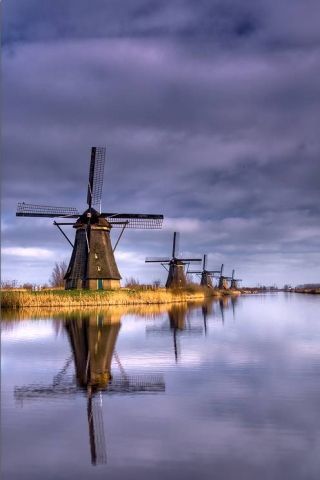


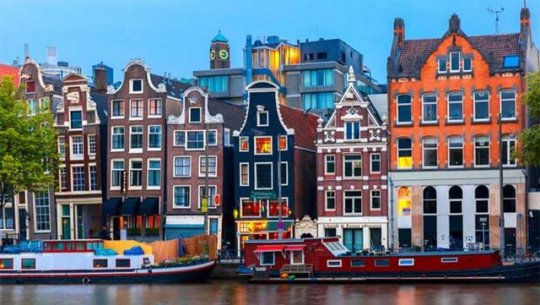


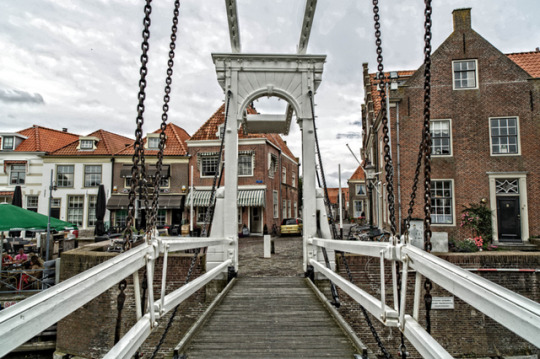
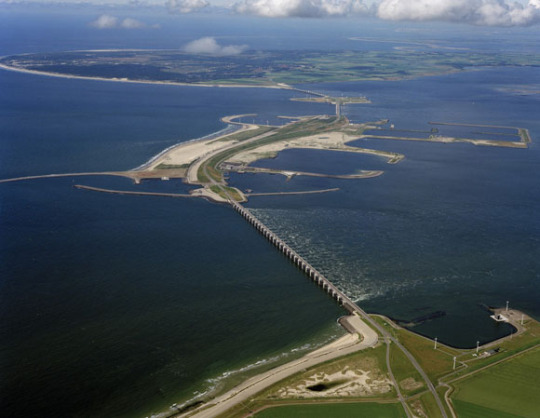


Old and New in Holland
Water-management network of 18th-century windmills in Kinderdijk
Wind power and tulips, Anna Paulowna in North Holland
Traditional costumes at the Cheese Market in Gouda
17th century Gables Houses in Amsterdam
Redevelopment of dockland islands for residential housing, Amsterdam
High Speed Rail viaduct over Rijksweg 4, Hoogmadesche Polder
Historical Bascule Bridge In Enkhuizen
Eastern Scheldt Storm Surge Barrier, Oosterscheldekering in Zeeland
Solar Boat Race in Lelystad, Flevoland
The 1864 Eierland Lighthouse in Texel
4 notes
·
View notes
Photo

'Rouw' a story about traditional Dutch mourning costumes and rituals. @luncheonmagazine • with @annemariekevandrimmelen • @dimphydenotter • @irena.ruben • @maxmaxyesyes • #mathiasvanhooff #luncheonmagazine #zeeland
2 notes
·
View notes
Link
Thousands of beautiful tulips from the Netherlands will burst with color at the EcoPark urban township on the outskirts of Hanoi from December 28 to January 1.
A part of Keukenhof which will be recreated at Spring Park in Ecopark in Hanoi. Photo: Ecopark
The tulip festival is part of celebrations for the 45th anniversary of relations between Vietnam and the Netherlands.
With some 180,000 tulips planted on an area of more than 1,500 sq m at Spring Park at EcoPark, a large carpet of colors ranging from yellow, white, pink, red, and purple to orange will recreate the famous Keukenhof park in the Netherlands, which is known as the most beautiful flower display in the world.
Tulip varieties include Christmas Dream, Strong Gold, Verandi, White Prince, Negrita Zeeland, and Tom Pouce. All have been imported directly from the Netherlands and first planted in Sapa, where the climate and environment are similar to Europe, to ensure growth. After being cared for by agricultural experts, the flowers are ready for the colorful festival.
Along with tulips, the festival also features other special characteristics of the Netherlands, with activities such an exhibition space displaying wooden clogs, a symbol of the country, art masterpieces from legendary Dutch painters like Rembrandt, Van Gogh, Johannes Vemeer, and Piet Mondrian, photo opportunities with Dutch women in traditional costumes, a six-meter-high model of a windmill, replicas of houses along canals in Amsterdam, and music shows, street arts, and Dutch folk games.
The festival is open from 9am to 5pm. Tickets are VND120,000 ($5) for adults, VND100,000 ($4.3) for children under 1.3 meter, and free for children under 1 meter.
dtinews sports
0 notes
Video
youtube
For HANDWERK, the Zeeuws Museum has invited designers and textile academies to explore traditional crafts and techniques. Specialist artisans and craftspeople will be at hand to share their knowledge and inspire a new generation to apply old techniques in a new way. The first session focuses on the folding and pleating techniques used in the traditional costumes of Zeeland. Mrs. Vos (91) from Middelburg is a true master in starching and pleating caps and garments. She will be showing fashion designer Antoine Peters and students of the Master Tailoring Course how it is done. The entire learning and development process that is part of HANDWERK can be followed both in the museum and online. The museum not only has fashion galleries, focusing on all types of heritage craft, but will also be opening a special HANDWERKPLAATS, where visitors can try out the various crafts and techniques themselves. Later in 2015, a second craft will be the focal point of the exhibition.
0 notes
Photo
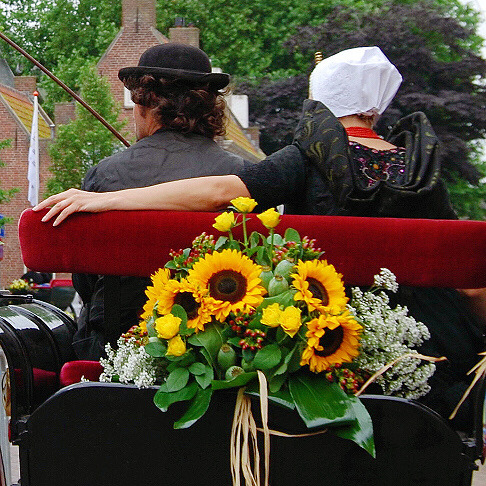
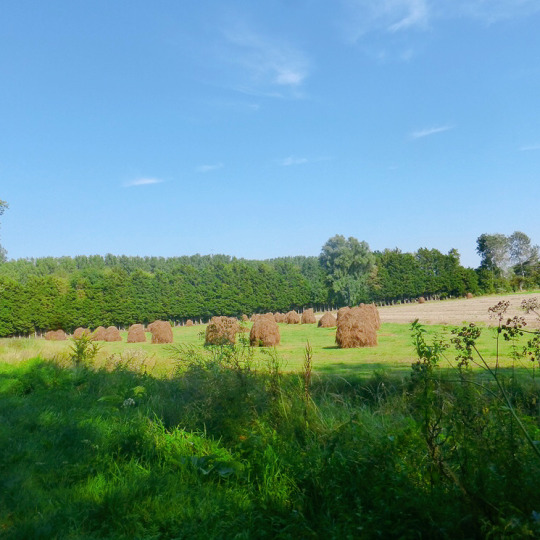
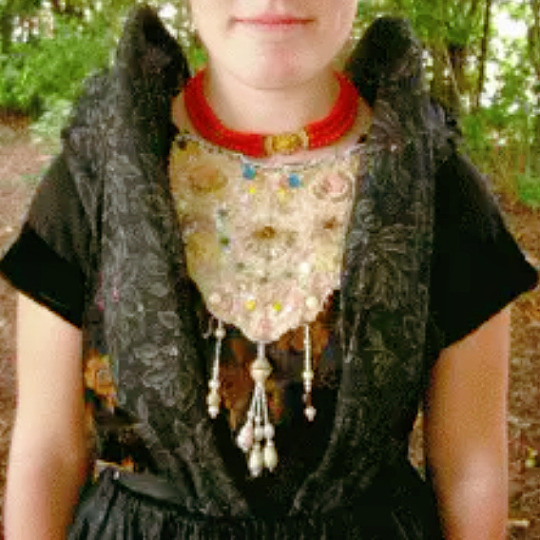


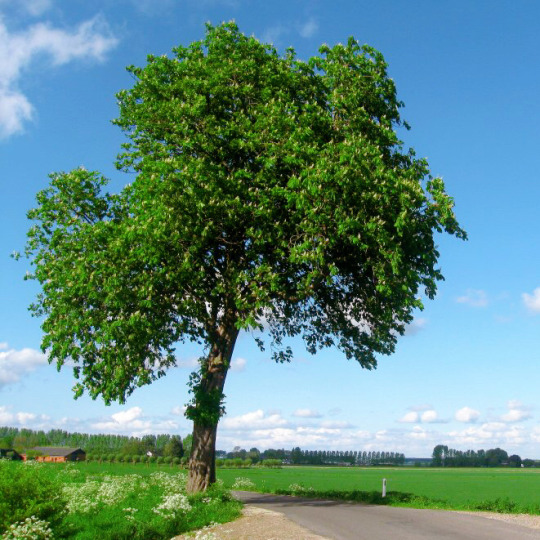

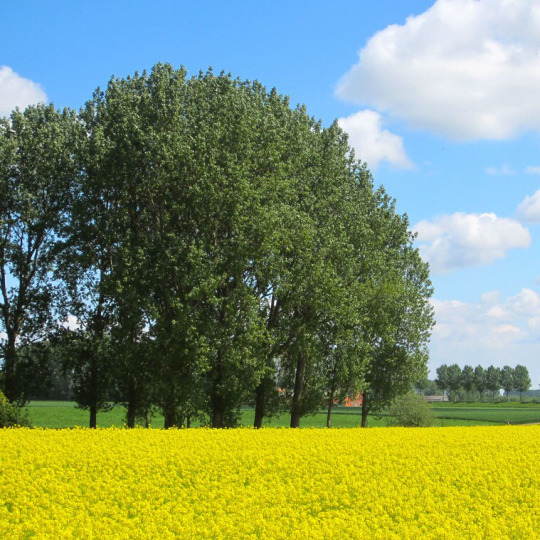

Moodboard: traditional costume from Land van Axel, the Netherlands.
#land van axel#terneuzen#zeeland#the netherlands#moodboard#traditional costume#folklore#folk costume#dutch tradition#dutch culture#dutch folklore#european folklore#zeeuws#ethnic clothing#folk clothing#traditional clothing#traditional living#european culture#farmcore#countrycore#farm aesthetic#country life#grandmacore
1K notes
·
View notes
Photo
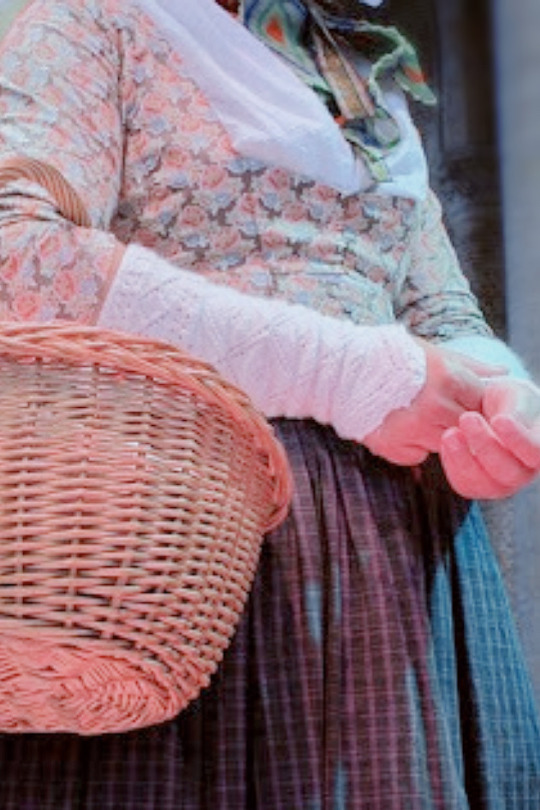

Labedissen: an age-old accessory with the traditional folk costume of Zeeland, the Netherlands.
#labedissen#mitaines#mitts#arm warmers#knitblr#knitting#folk costume#traditional clothing#dutch costume#the netherlands#zeeland#european folklore
214 notes
·
View notes
Photo
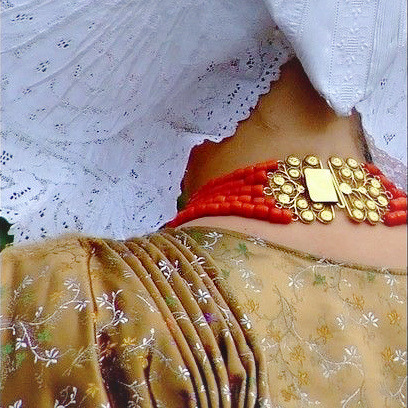






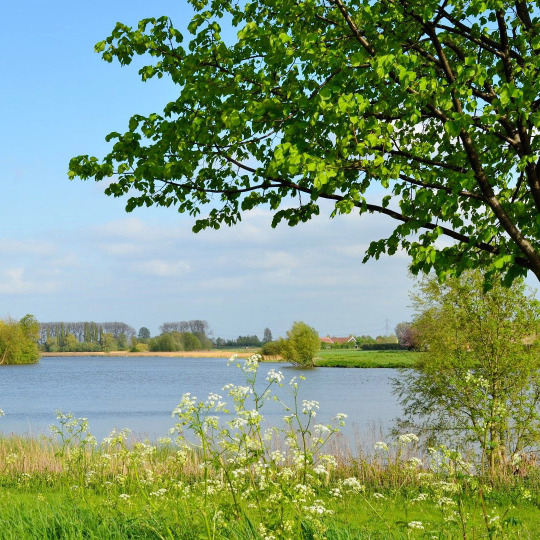

Moodboard: traditional costume from Zuid-Beveland, the Netherlands.
#zuid-beveland#zeeland#the netherlands#moodboard#dutch folk costume#dutch culture#traditional costume#dutch folklore#folk clothing#farmcore#farm aesthetic#meadowcore#traditional living#folk costume#european#posted
305 notes
·
View notes
Photo

Zeelandic traditional costume.
1 note
·
View note